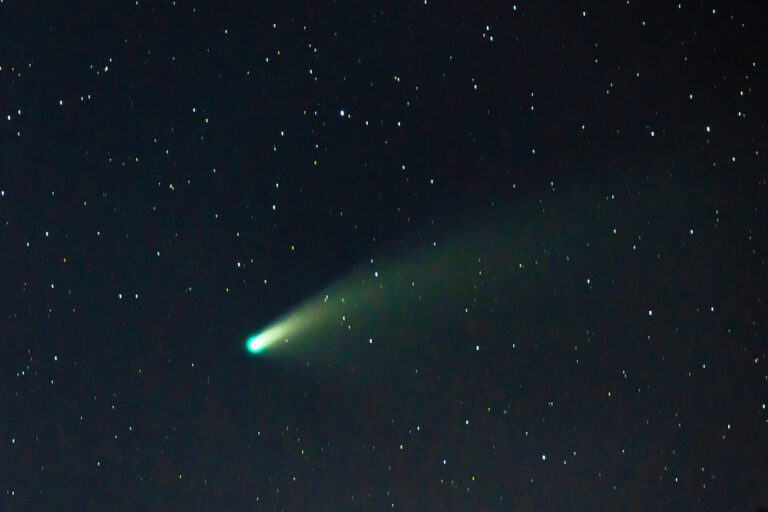UPDATE: Samarco reaches agreement to pay damages to the Brazilian Government
The collapse of two dams at mines owned by Samarco (BHP Billiton and Vale) on 5 November 2015 caused the death of 17 people, catastrophic damage to the Rio Doce (853 km river system extending out to the Atlantic Ocean), suspension of water supply in several cities and rendered hundreds of people homeless. Environmentalists have noted that the waste will continue to have disastrous effects on the area for at least a 100 years.
Samarco reached an agreement last week, subject to court approval, to pay the Brazilian Government 20 billion reais ($US5.1 billion) in reparations. The deal also includes 4.1 billion reais compensation over 15 years to fund environmental clean up and social and economic rebuilding. A foundation will be established where a further 4.4billion reais will be deposited by 2018 for 38 programs, according to the Australian Financial Review. BHP Billiton assures the public on their website that the “Foundation’s activities will be subject to independent external audit.”
The agreement, which took weeks of negotiations to reach, was urged on by investors eager to cement the price of the compensation and quell uncertainty in the market. It is believed that Samarco intends to re-establish operations in the area, with Vale Chief Financial Officer Luciano Siani Pires reportedly telling investors that addressing the reparation claims would necessitate Samarco going back into business.
Original story published 3 December 2015:
The city of Mariana in South-Eastern Brazil is 320 years old, with the Rio Doce river “Sweet River” system the lifeblood of the region. The river extends 853 km, entering into the Atlantic Ocean, and has prime economic importance for the entire state of Minas Gerais.
At around 4.20pm on Thursday 5 November a dam used for toxic waste by mining company Samarco (BHP Billiton and Vale) ruptured releasing at least 50 million tons of iron ore waste, containing high levels of toxic heavy metals on local towns and river systems. At least 13 people are dead, 6 missing and 230 municipalities that subsist on the river system are affected.
The “Sweet River” supports the growth of coffee, cocoa, sugar cane, fruits and vegetables and cattle and dairy farming. It also supports industries such as the textile, alcohol, metallurgy, paper and mechanical manufacturing.
“The scale of the environmental damage is the equivalent of 20,000 Olympic swimming pools of toxic mud waste contaminating the soil, rivers and water system of an area covering over 850 kilometres.”
John Knox, UN Special Rapporteur on Human Rights and the Environment.
In 2013 a report suggested that there were design problems with the dam before the licence to mine was approved, there was a failure to follow up on the issue. In a recent statement to Australian ABC TV program 7.30 Report, BHP Billiton and Vale declined to comment on whether they were aware of the dam faults in the 2013 report.
“This is not the time for defensive posturing,”
“It is not acceptable that it has taken three weeks for information about the toxic risks of the mining disaster to surface.”
Said John Knox and Baskut Tuncak (UN Special Rapporteur human rights and hazardous substances and wastes) in their report on the issue.
On 17 November mining company Samarco admitted that two other dams they use to hold waste water from iron production are also at risk of collapsing. Emergency work is now under way to try to avoid another breach.
Fallout of the disaster:
- The Rio Doce river is now contaminated with arsenic, lead, chromium and a variety of other heavy metals.
- Levels of arsenic above legal limits found in Brazil’s Rio Doce days after dam burst, confirms executive with mine co-operator Vale.
- The toxic mud has travelled the full length of the Rio Dolce and has now reached the Atlantic Ocean, threatening already endangered wildlife.
- Fisherman contracted by Samarco to clear and bury dead fish found on the beach of Povoacao Village, near the mouth of Rio Doce.
- Brazil filed a lawsuit on Monday against BHP Billiton and Vale for 20 billion Brazilian reals (approximately $5 billion USD) for the initial clean up.







